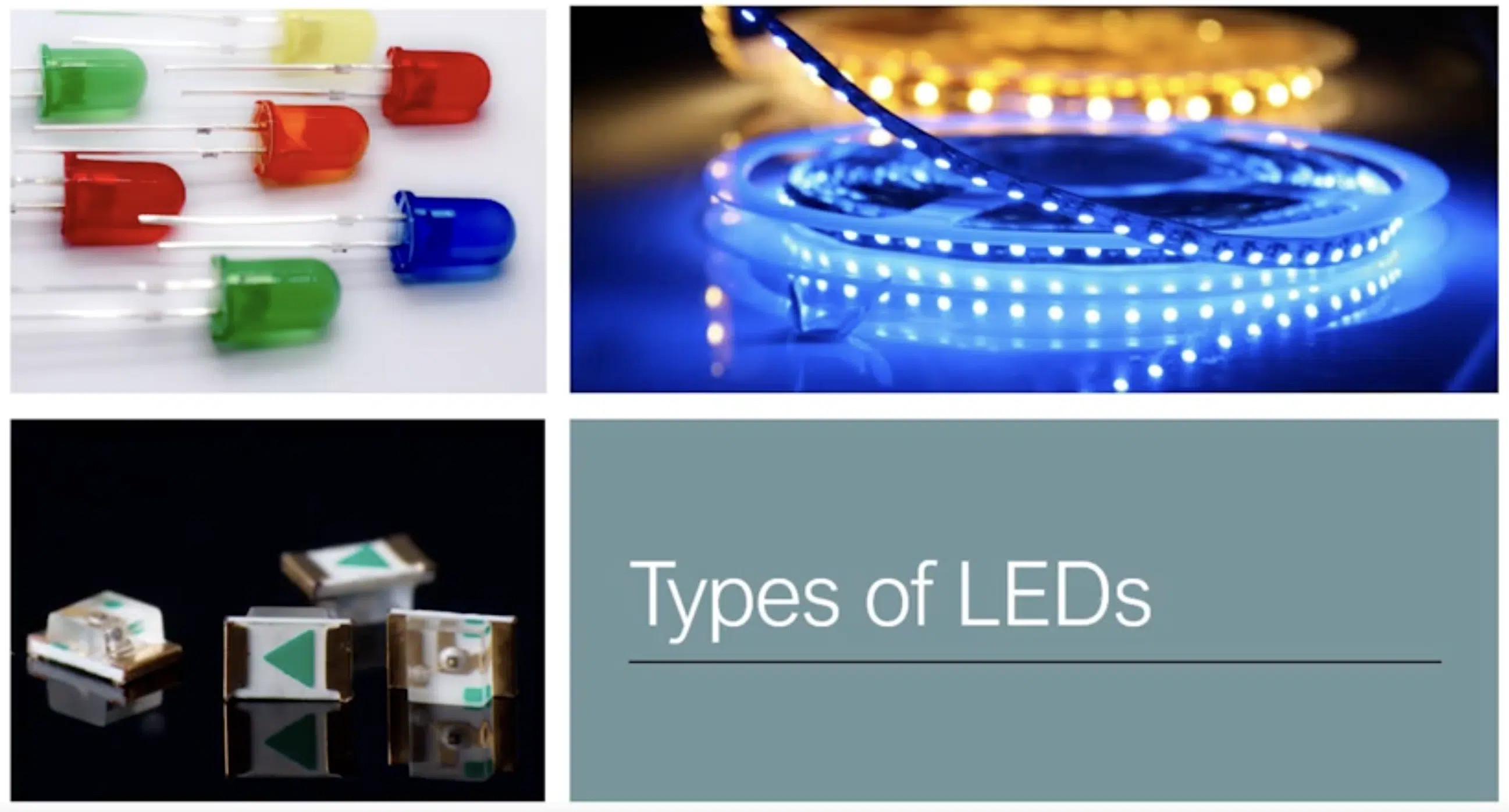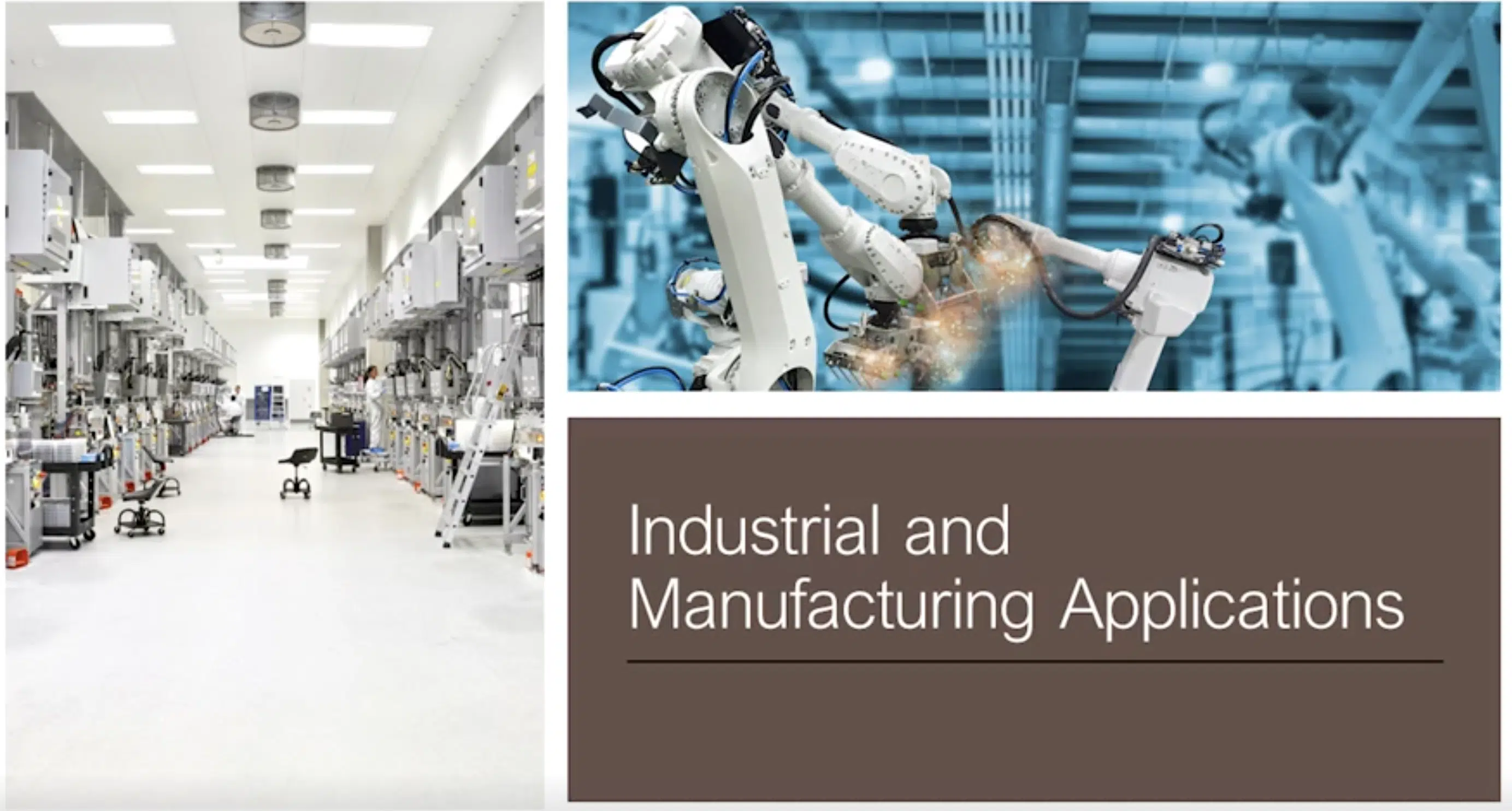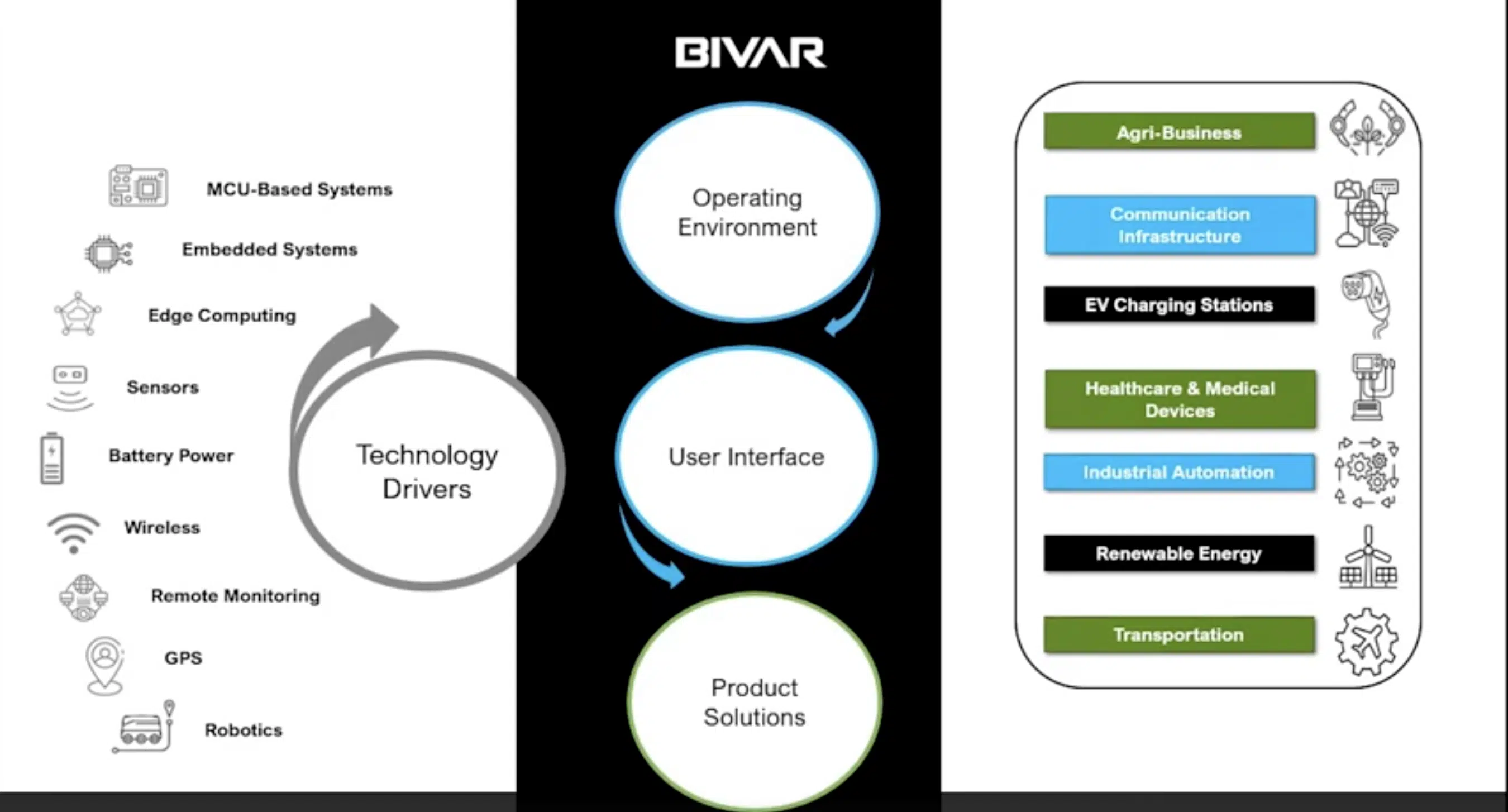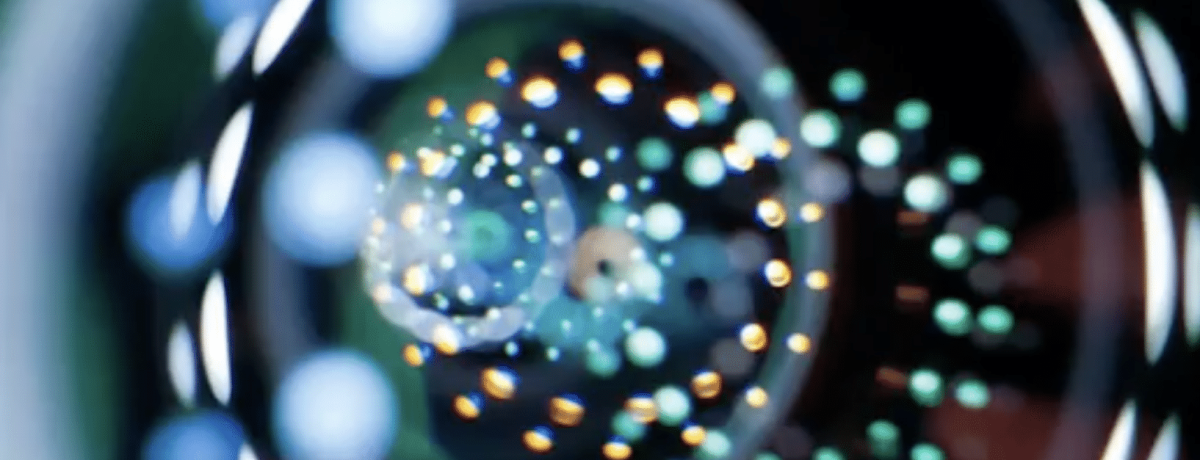Introduction
Let’s discuss how LEDs are being used in new ways and innovative applications. Designers are adapting to new spaces, fitting indication and illumination into new form factors, enabling devices to communicate more information using proven light pipe technologies, and problem-solving product solutions. You’re likely familiar with LEDs, but some may not be as familiar with light pipes and how they are used to transfer light from LED source to the user. Light pipes have been around for over 25 years and continue to evolve to address the need to communicate more data generated from all types of technology. In this article, we will take an in-depth look at how LEDs and light pipes are helping devices communicate to users better than ever, we’ll examine exciting new applications, and address how best to design for successful data communication.
LEDs & Today
Let’s begin with a look at LEDs and how they’re used in today’s applications. Light emitting diodes, more commonly known as LEDs, are a type of light source that has been around for many years. The various types can be shown in Figure 1 below.LEDs are much smaller than traditional light sources, making them a great choice for a variety of different applications. They’re used in everything from indication in small electronic devices to large scale illumination systems in commercial and residential settings. LEDs provide a variety of benefits over traditional light sources, including higher efficiency, improved durability, and more vibrant colors. LEDs are a more vibrant light that can be used to create different moods in a room or a space. LEDS now come with longer lifespan and versatility, which enables more easy to read visual indicators. There are unique LED applications across many leading industries that enable operators to better monitor and adjust their system accordingly from human machine interface indicators that enable process controls in industrial automation to illuminated warning lights on EV charging stations.

Furthermore, due to advanced technology, LEDs are now capable of with withstanding a variety of environmental conditions, making them suitable for even the most extreme weather or hazardous environment in agriculture renewable energy applications. Let’s use an everyday application to illustrate LEDs used as indicators. LEDs are now commonly used in electric vehicles to communicate to the driver when systems are active or inactive. In addition, LEDs are used in the dashboard navigation displays and entertainment systems of electric vehicles. LEDs are also used in EV charging stations to notify the vehicle owner when the EV is fully charged. One significant benefit of the LED is the ability to create space constrained designs. These diodes are only a few millimeter wide and can be clustered together into small groups.
A device is needed to effectively transmit the light from board to the panel without any crosstalk between the various light sources. Furthermore, the light pipe design ensures effective light transmission to the panel allowing for bright legible light that is easily read at a glance. Additionally, light pipes provide effective isolation between LED sources to prevent crosstalk between them. This provides a distinct signal for any desired indicators, such as to denote when the warning light is on LED. Indication and light pipe design are great options for use in cars due to their effectiveness in providing distinct bright signals in a small space. Light pipe designs make use of internal reflection and reflection technology, which help to disperse and direct the light for better visibility. Light pipes are also useful in creating intricate lighting patterns with helping to alert drivers to potential risks.
LEDs are also used in a variety of commercial and residential applications, such as in homes, offices, and businesses. LEDs are used to create ambience communicate through indication, as well as provide energy efficient illumination solutions. Examples include smart home appliances for ease of residential use and secure access systems in offices and buildings. LEDs are also used in large scale elimination projects, such as stadium and auditorium elimination as well as in landscape elimination. Additionally, LEDs are used in gaming where they’re used to create visual effects in gaming consoles. Also, the unobtrusive way in which flexible light pipes are mounted allows for improved cable management. Light pipe arrays with Bivar’s modular light pipe system allow the designs to be easily customizable, which we will touch on in a few minutes. It’s easy to see why product designers are looking to incorporate these same LED applications into more complex product systems such as medical, industrial automation, robotics, and many others.

LEDs are used to provide indication and elimination for surgeries and examinations as well as to treat various skin conditions. Surgical systems are more than ever relying upon robotics in the medical field with high need for indication and elimination. LEDs are used by patients for variable medical and fitness devices to monitor their health. LEDs are also used in dental applications where they’re used to cure dental bonding materials and vitamin key. Additionally, LEDs are used in development of medical imaging techniques. LEDs are also used in a variety of industrial and manufacturing applications to provide indication and elimination for industrial processes. These are also used to identify products and materials and supply chains and to detect faults and malfunctions in industrial machinery. These devices are also used in construction of robots where they’re used to provide guidance and assist with navigation. As you can see, LEDs are used in variety of different applications.
They provide bright, vibrant light and are highly energy efficient. Additionally, LEDs are durable and long-lasting, making them a great choice for many different illumination projects. LEDs are an integral part of many different industries and they will continue to be used in the years to come. Now we will look at technology drivers that are increasing the usage of LEDs and life applications across vertical industries. These trending new applications incorporate LEDs in new ways and are impacted by influencing factors that affect the design process. Thanks in large part to IoT industry 4.0 and other technology movements, the explosion of data is significantly changing the way new devices communicate with users. Figure 3 provides a view of some of technology drivers that are generating large amounts of data across industries. The way in which this vital data is shared with end users in a timely manner at the optimum point of views is where we get a closeup look at LEDs impacting life applications.

We see LEDs used in next generational applications in our lives to help give us notifications, assistance, and operational instructions. For example, consumer devices like E-bikes, electronic surfboards, or smart paddles for recreational use all rely upon LEDs to communicate operating data analytics to users. LEDs used in access keypads and the commercial world are important for securing entry systems. Similar LED users found in smart farm equipment in agribusiness, as well as food processing scanners and cutters in the commercial food industry. Any of these applications that use LEDs near one another encounters the added challenge of color bleeding and crosstalk between the different LEDs. Design precautions need to be considered to avoid confusion or miscommunication with the end user. As you can see, LEDs are used in our everyday lives to effectively communicate with us and make sure the devices and machines we use are also operating efficiently.
This drawing amount of data generation communication to users and system complexity combined with continually changing new device form factors and the need for next generation cost effective solutions makes partnering with an experienced provider more critical than ever. A design partner can enhance the visual design of the product from aesthetics to branding. They optimize designs to do a better job of communicating with the user, making the product easier to use, more efficient and more aesthetically pleasing. Bivar’s engineers provide valuable resources and expertise that can help speed up product design, testing and integration. Using advanced engineering simulation and analysis tools, Bivar can optimize product design and test parameters, reducing the time needed to develop a functioning product. Additionally, Bivar has an accumulated library of reference design programs that can be used to quickly customize designs to meet specific customer needs. With an experienced team of engineers and technicians available to provide consultation and assistance throughout the entire product lifecycle. Bivar is able to help reduce design testing and integration time significantly. Outsourcing your LED indication and illumination design helps relieve engineering resource train and stress from trim down departments, enabling engineers to focus on core system and software platform value propositions. An outsource partner delivers designs that easily integrate with subsystems, accelerating faster time to market, integrate designs, boost functionality and innovation while reducing total cost of design and manufacturing. In the next article, we will cover product customization tailored to your specific applications.






